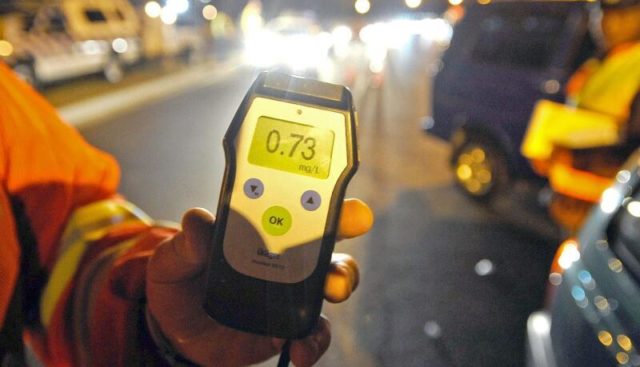The researchers noticed that participants become worse at estimating their breath alcohol level the drunker they became.
THIS festive season many South African drivers will make a mental calculation and then decide if they are sober enough to get behind the wheel and drive home.
The bad news is that new research has found that at least half of them will have underestimated how drunk they are and will drive off being well above the legal alcohol drink limit.
The study was done by a team of researchers from the Witten/Herdecke University in Germany and the University of Cambridge, UK.
To work out how accurately drink drivers can estimate their fitness to get behind the wheel, the researchers turned to 90 students and 420 litres of beer. The two-day experiment was jointly run in the UK and Germany.
The participants were split into two groups, with a study and control group.
Both consumed either beer or wine until they reached a maximum breath alcohol concentration (BrAC) of 0.11%.
In the study, group participants were told at the start that when they reached a BrAC of 0.05%, they would be switched from beer to wine or vice versa. They weren’t told that this is the legal driving limit.
As the students drank, researchers monitored their breath alcohol concentration with breathalysers. At each measurement, the students were asked to estimate what they thought their breath alcohol concentration was.
On day one of the study, the researchers found that more than a third of the participants who believed they had reached the legal limit had already passed it.
On day two, this proportion had increased by more than half.
The results of the study were published in the Harm Reduction Journal.
“In countries with legal alcohol limits, it’s usually the driver who makes a judgement about how much they’ve drunk and how fit they are to drive. But as we’ve shown, we are not always good at making this judgement,” said Dr Kai Hensel from Witten/Herdecke University and the University of Cambridge, who led the study, in a statement.
“As many as one in two people in our study underestimated how drunk they were – and this can have devastating consequences.”
What the researchers found concerning is they noticed that participants become worse at estimating their breath alcohol level the drunker they became.
South Africa has a notorious drink drive problem, with the Arrive Alive campaign estimating that half of the people killed on the country’s roads have an alcohol level above the legal limit.
“The problem is that people don’t always know what they are drinking and what the alcohol content of that is,” says Professor Charles Parry, director of the Alcohol, Tobacco and Other Drug Research Unit, Medical Research Council of South Africa. “Then you go to restaurants and there are different glass sizes, and people are drinking bigger bottles of beer. So it’s very difficult to calculate how much alcohol you have in your system, even if you cared.”
In the study, the researchers tried to ascertain if the participants were able to improve their ability to estimate their level of intoxication. After comparing the volunteers’ given estimations over the two days, they found that the study group were able to better estimate how drunk they were, compared to the control group.
“Drinking and driving is a major risk fact for road traffic accidents. Anything that can be done to reduce these numbers is worth trying. With guidance, our participants were able to improve their judgement. It could be that pop-up stalls set up around drinking establishments that help people understand their breath alcohol concentration might help,” Dr Hensel said.








